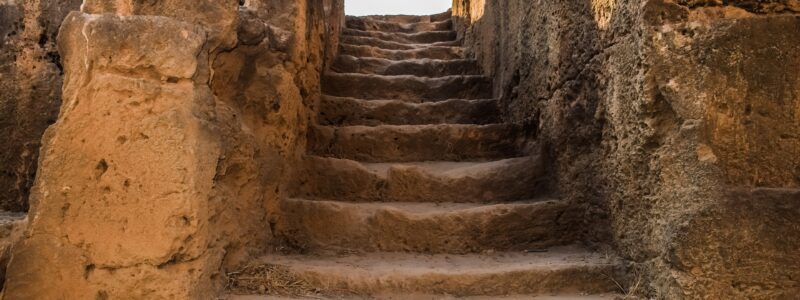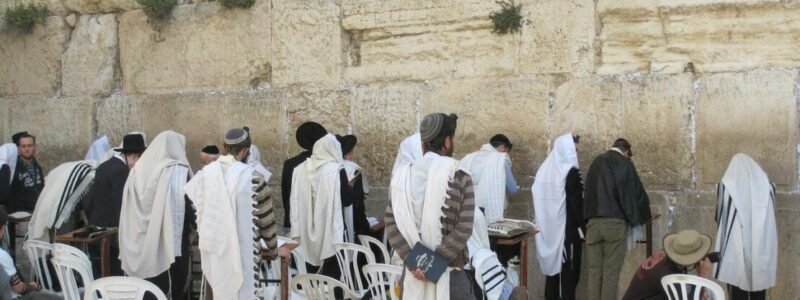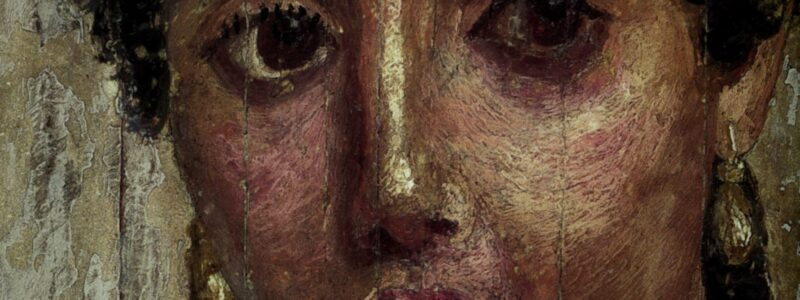Jezebel’s Hometown
The Biblical Archaeology Society wrote a nice piece concerning Jezebel’s hometown – the infamous Queen who led Israel into idolatry but later was eaten by dogs after being pushed out of a tower.
She was the wife of King Ahab of the Northern Kingdom of Israel, and was famous for her confrontation with the Prophet Elijah.
Many have supposed this archenemy of the Israelite people was only a story, like the Wicked Witch in the Wizard of Oz. Recent archaeological evidence shows that she was a real character who left behind artifacts proving her historicity.
Sidon
Sidon was an influential ancient Phoenician city along the Mediterranean Sea now located in modern-day Lebanon. Some of the latest archaeological discoveries concern the polytheistic religion and worship practice of the ancient Sidonians. This is relevant to Biblical history as Jezebel was from this area.
The ancient Sidonians were Canaanites who shared much of their religion and customs with other Canaanites south of them. The Phoenicians were Canaanites who were not pushed aside by the arrival of other nation-states, most notably Israel and the Philistines.
Sidon is well known as the birthplace of the infamous princess Jezebel (1 Kings 16:31) during the ninth century BC. Jezebel is most notable for being the bride of King Ahab, and for forcing ancient Israel to worship Baal instead of Yahweh.
Ancient Pottery from Jezebel’s Hometown
Ancient pottery discovered at a Canaanite grave in Sidon is important in demonstrating their religious practices. The handle illustrates the storm god as a dragon. The significance is that
The dragon epitomizes the most fundamental ancient mythical perception of the Mesopotamian storm god. The handle displays an impression of a ship with the leonine dragon Ušumgal, the storm god Adad’s attendant, next to it. Adad (the Canaanite Hadad, the Semitic Hadda, the Hurrian Teshub, the Egyptian Resheph, the Phoenician Baal/Bel, the Sumerian Ishkur) is the Mesopotamian storm god, who has special maritime, celestial and meteorological attributes important to the well-being of sailors. Given Sidon’s position on the coast, it is not surprising that the storm god is Sidon’s most important god.
Throughout ancient history, the most important god in Sidon was the storm god also identified as Baal or Bel.
Summary
The Bible is full of history of ancient people and civilizations which disappeared long ago. For many years, archaeologists thought most were fictional, written by Jews anxious to glorify their past history.
Many doubted the Bible story of the 10th century, BC King David believing him to either be a totally fictional character in a glorified myth or at most a local tribal leader whose memory was greatly amplified.
Modern archaeology somehow keeps finding evidence as to the historicity of the Bible. Artifacts belonging to ancient Queen Jezebel have been found proving her existence. King David’s palace has been unearthed showing he was more than just a local celebrity. We are now starting to fill in some of the remarkable details of these Biblical characters and events with actual historical data.




